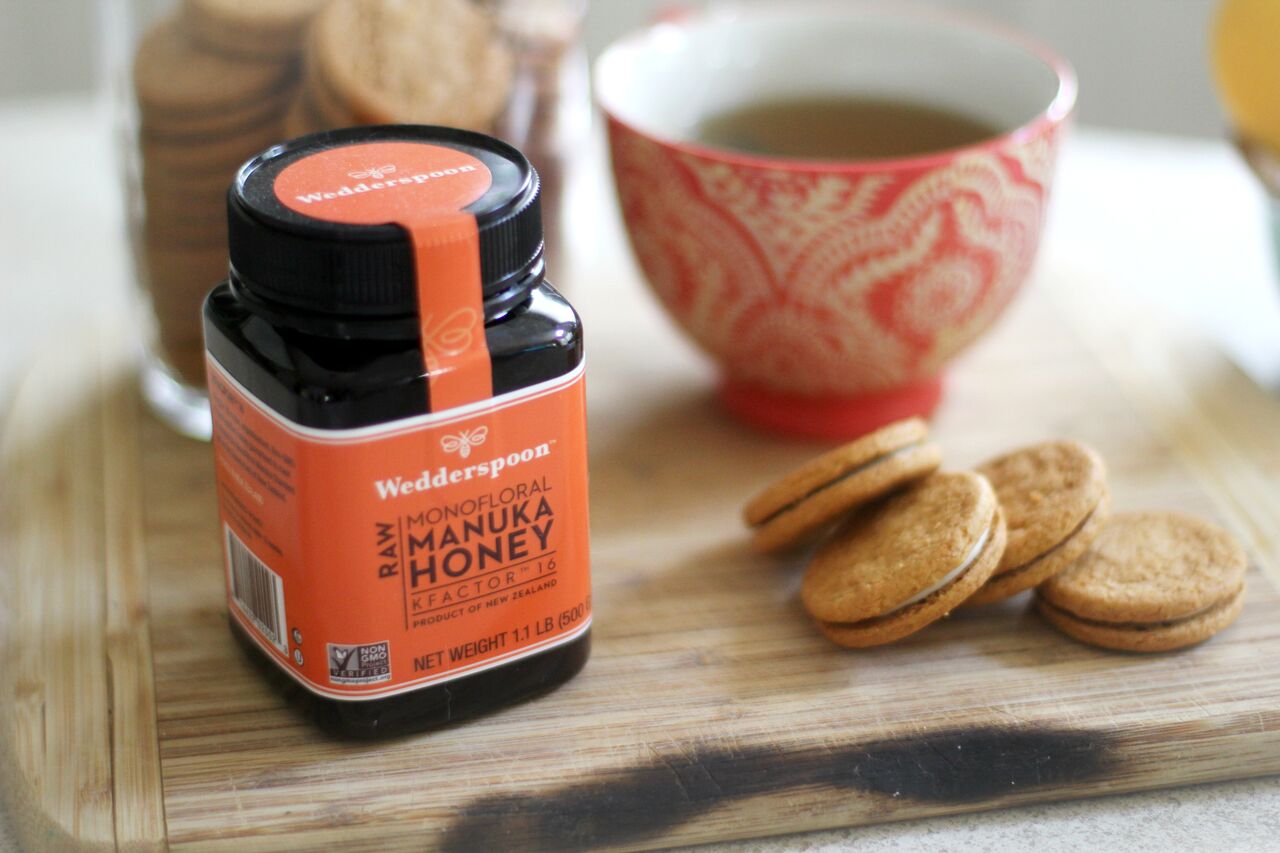

Raw Manuka Honey MGO 850+ - 500g
Our 850+ MGO Raw Mānuka Honey delivers bold, bright energy with serious Mānuka strength. Harvested from the untouched hills of New Zealand, wher...
View full details
Scientists, consumer and environmental groups alike have stressed the risks posed to both your personal health and the environment by genetically modified organisms (GMOs). GMOs are organisms which have been genetically modified in a laboratory. These organisms do not naturally occur in nature–they are genetically engineered and they're linked to health and environmental problems. So what steps can you take at home to live a non-GMO lifestyle?
All words are not the same. "All natural" does not mean non-GMO. Always do your research on a product and brand before purchasing. Be sure that a product is 100% organic and/or certified non-GMO. Wedderspoon is proud to be Non-GMO Project verified.
When you can, purchase fresh produce from local farmers' markets–where you can learn exactly where your food is coming from. Purchase organic produce and grass-fed meat, dairy and eggs.
The best way to avoid GMOs is to be fully educated on the topic. The Non-GMO Project provides a lot of helpful information for consumers, including a shopping app that can help you navigate the aisles of the grocery store.
When purchasing meals and snacks on-the-go or at restaurants, it's hard to be sure if the food you are consuming includes GMOs or not. The best way to be certain that you are not eating genetically modified food is to pack your own snacks. It's helpful to keep lots of easy grab-and-go snacks in the pantry that can be easily packed, like Wedderspoon Honey on the Go and Wedderspoon Organic Manuka Honey Pops.


Our 850+ MGO Raw Mānuka Honey delivers bold, bright energy with serious Mānuka strength. Harvested from the untouched hills of New Zealand, wher...
View full details

The first organically certified Manuka Honey (in the U.S.)! In the remote, pristine landscape of New Zealand's South Island, honeybees are hard ...
View full details

Made exclusively by bees that feast on the nectar of New Zealand’s wild Manuka flowers, our raw Manuka honey is one of Mother Earth’s rarest gifts....
View full details

Our Organic Mānuka Honey Drops are made to bring comforting relief when life gets scratchy. Crafted in small batches in New Zealand, they combine g...
View full details

These honey pops are a delicious, feel-good treat made for the whole family. Crafted with Organic Mānuka Honey and Vitamin C, they’re free from art...
View full details
 Sold out
Sold out
Try all three types of our delicious Wedderspoon Manuka Honey Drops, which are all organic-certified, gluten-free, dairy-free, nut-free, and GMO-fr...
View full details